|
|
|
Strategically leveraging clips from movies that show various phenomena (accurate or not) can be a powerful way to spark student questioning. Whether it be challenging them to point out a specific mistake that the clip embodies, or proving the accuracy of the clip, movie clips, specifically in the sciences, provide a great opportunity for engaging students. Downloading and trimming the clips locally, or using tools like Vibby or TubeChop to present portions of the clips to students online are both strategies I use often. Below are my 15 favorite clips to use as science curiosity sparks (note: most of the clips are chemistry related given that is the primary subject I teach. Apologies). All clips are taken from YouTube.
Central to the PBL Cycle (see Buck Institute for Education for more info), is the "Public Product" as a final showcase of learning. See image below:
Transcending PBL, I have been tinkering with the concept of a "Public Product" and how to authentically do this in my class beyond a blog post, google document, or the myriad ways I have had students showcase their products to real audiences beyond the walls of our school. All efforts felt/feel forced.
To tackle this in problem, in my Introduction to Robotics Class this year, in addition to our final showcase for teachers and parents where students presented a table (museum style) of their final invention, I showed students various "pitch" videos from the crowdfunding site Kickstarter, and challenged them to imagine that they were doing the same, and to create a video for their invention as if they were going to build a campaign around it. Click here for the simple instructions I gave to my students. Albeit a hypothetical scenario, by starting with actual videos that contain real dollar amounts raised visible next them, the reality and power of showing your work in beautiful an meaningful ways online was evident. See a sample screenshot from a sample Kickstarter project below. Click here for the pitch video.
To be honest, 5 minutes showing my students pitch videos from Kickstarter empowered them to produce amazing public products more than any rubric, speech or guest lecture I have prepared for them. The final showcase was amazing and their pitch videos, although rough drafts done on via their phone cameras in one class period, embodied and relayed a feeling of potential.
Below are images from one students final project (an Arduino ultrasonic cane for the visually impaired).
One of the most powerful ways to sparkInvoluntary Curiosity in students is to strategically trim a video clip to either remove content or present an unresolved representation of the content. Both of these techniques leave students with questions as to what information was missing, or what the final result will be.
Because internet speed and access to YouTube varies in schools, downloading the desired clip from YouTube, then strategically trimming the video to be played locally is a powerful technique. I often have a trimmed clip playing on repeat loop in Quicktime as students enter the room in an attempt to grab their attention and spark their curiosity immediately. Below is a short video outlining how I download and trim video for curiosity using technology I use savefrom.net & Quicktime. In this video I am downloading a clip from the movie Fight Club in an attempt to spark student questioning around Acid-Base Chemistry. |
Categories
All
Archives
March 2024
|
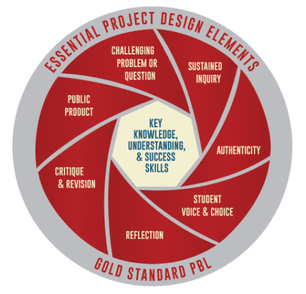
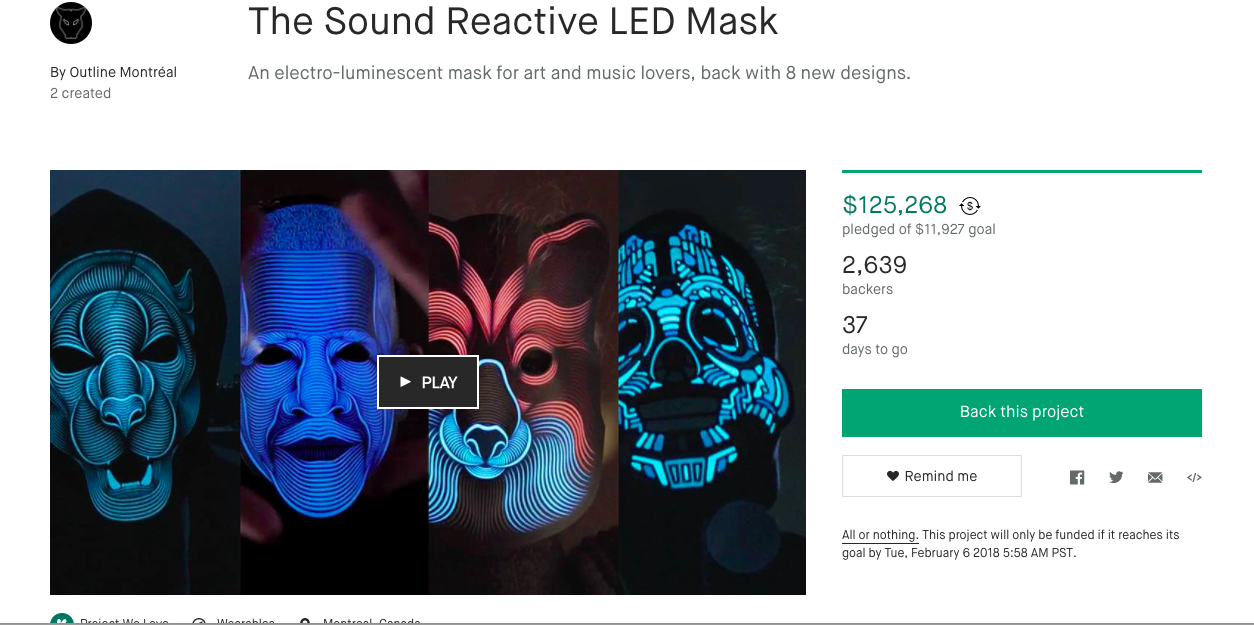
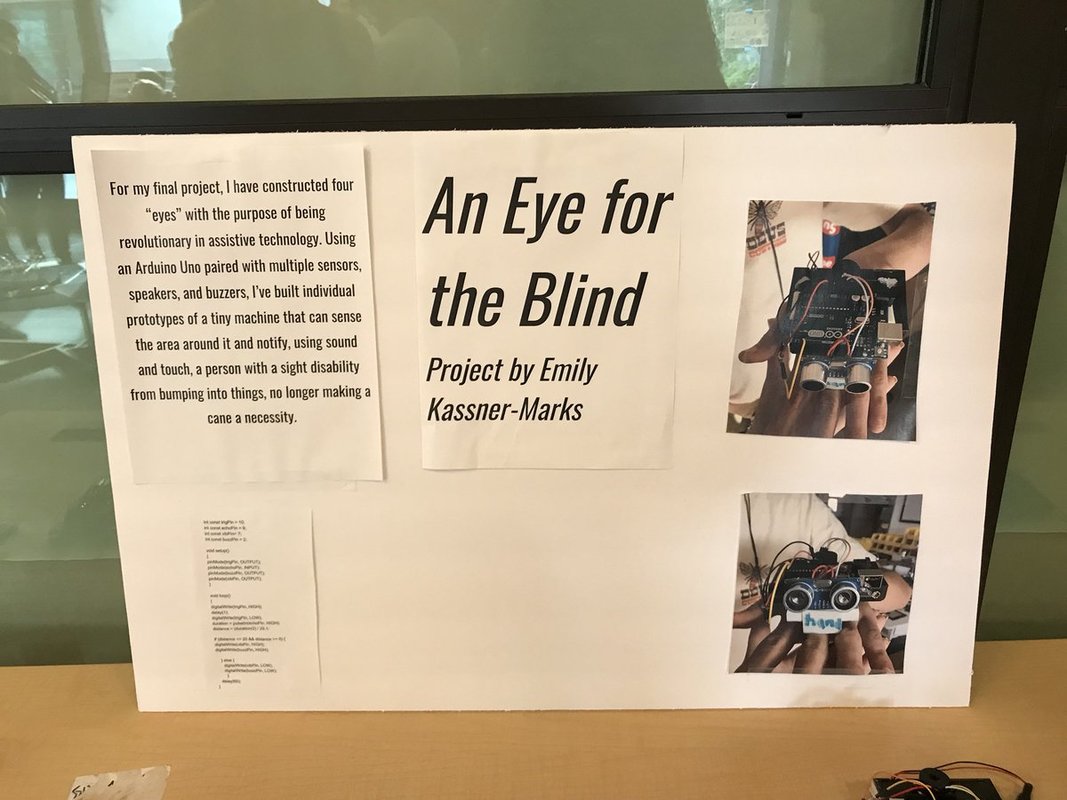
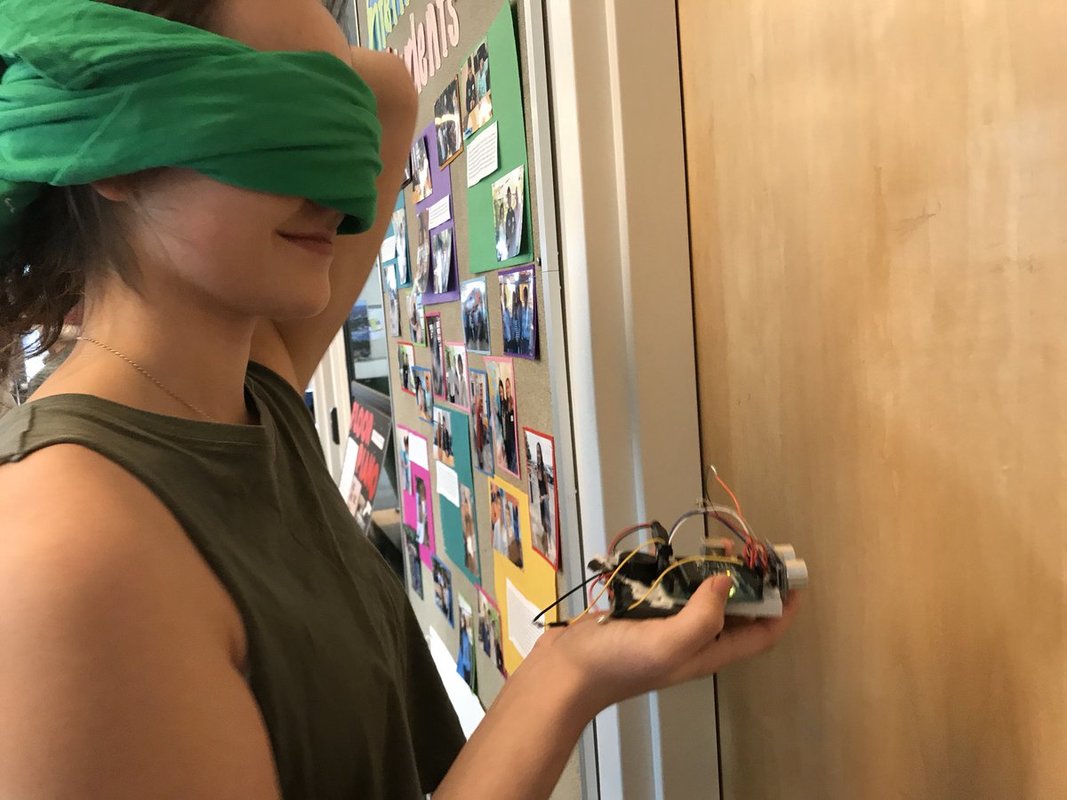
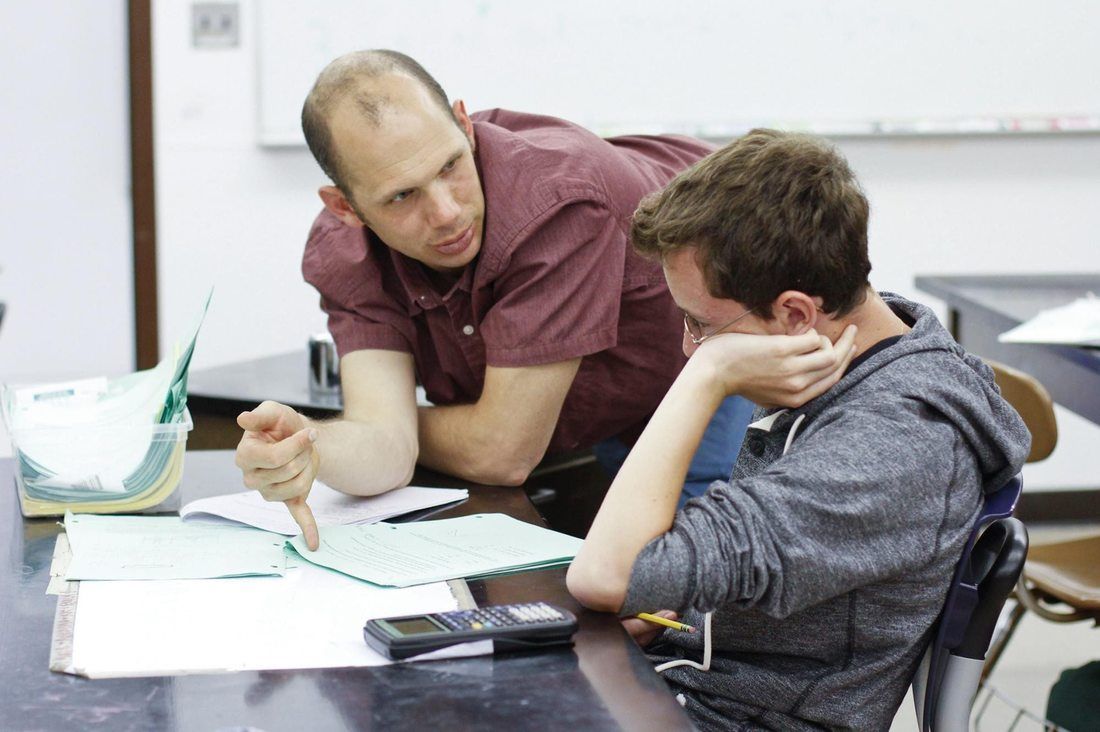
 RSS Feed
RSS Feed